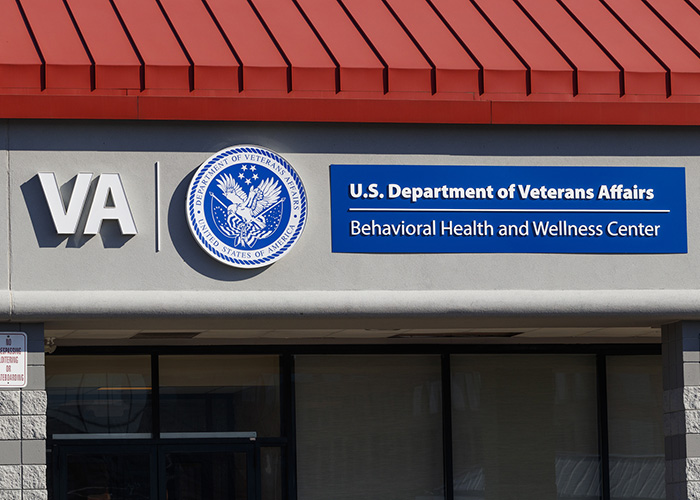
Nothing in life is guaranteed, and that goes for your originally assigned VA disability rating. The VA may review —and possibly lower— your rating, pending the results of a Compensation and Pension (C&P) exam, which may be scheduled only if your condition(s) is not considered permanent when you first claim. That raises a couple questions. How does the VA decide your condition is permanent in the first place? And if it doesn’t, can enough time pass before the VA declares your condition is permanent?
If it’s the second question you’re concerned with, you’re in luck. It is, in fact, possible to get a permanent, protected rating after a certain period of time.
Getting Assigned a Permanent VA Disability Rating
First off, a permanent rating may be assigned when medical evidence strongly suggests your condition will not improve over time. The severity of your condition, or multiple conditions, will factor into this, as will your age at the time of your claim. Now, a permanent status doesn’t necessarily mean your rating is 100%. It only refers to the likelihood of your condition, whatever its rating, to not improve over time. A 100% disability rating is instead considered “total,” and likewise, it doesn’t necessarily mean your rating is permanent. Having a permanent and total rating will, in fact, protect you from reexamination and rating reduction later in life, but both conditions must be satisfied in your initial exam, or later exam down the line.
You may always request a reexamination to determine if your condition is consistently severe or worsening in an effort to get assigned a total and/or permanent rating.
The Timetable for Protected VA Disability Ratings
If your rating isn’t permanent, there are a few benchmarks to keep track of, and which if met, may grant permanency to your rating. Ratings that meet certain criteria are considered protected, and a few protected ratings to keep an eye on are based on how long you’ve had your assigned rating.
5 Years: Stabilized Rating
If your rating stays at the same level or higher for five years or more, your rating is considered stabilized. The VA may still attempt to reduce your rating, but it faces an uphill struggle. It must prove sustained improvement using medical records and more than a single C&P examination, lest it try to reduce your rating based on a brief, spontaneous reprieve in the severity of your disability.
10 Years: Service Connection is Protected
A disability rating cannot be denied service connection if a rating has been assigned for a period of ten years or more. The rating may have been reduced within that time, but never taken away. Once service connection is protected, the rating is still subject to fluctuation, but benefits may not be terminated after this time.
20 Years: Continuous Rating
If, after twenty years, a service-connected disability is rated at or above the originally assigned rating level, it may not be lowered below the original level. The VA considers these ratings continuous, and is not allowed to rate you any lower from then on.
Getting a Permanent Disability Rating
If your condition is worsening, you may benefit from getting proactive and scheduling a C&P examination to prove permanence. Or if you’ve crossed one of the benchmarks listed above, and are having trouble establishing a protected rating, you’ll want to take action. If you’re interested in learning how to qualify for a permanent, total, or permanent and total disability rating, you can contact the attorneys at VA Disability Group PLLC online or at 844-VET-LAWS to help you navigate the claims and appeals process and get you the protected rating and compensation you deserve.




Comments are closed